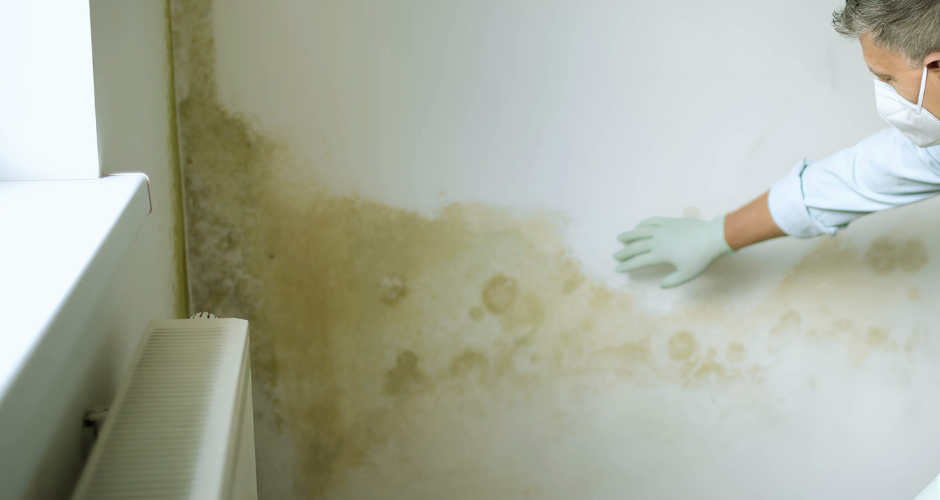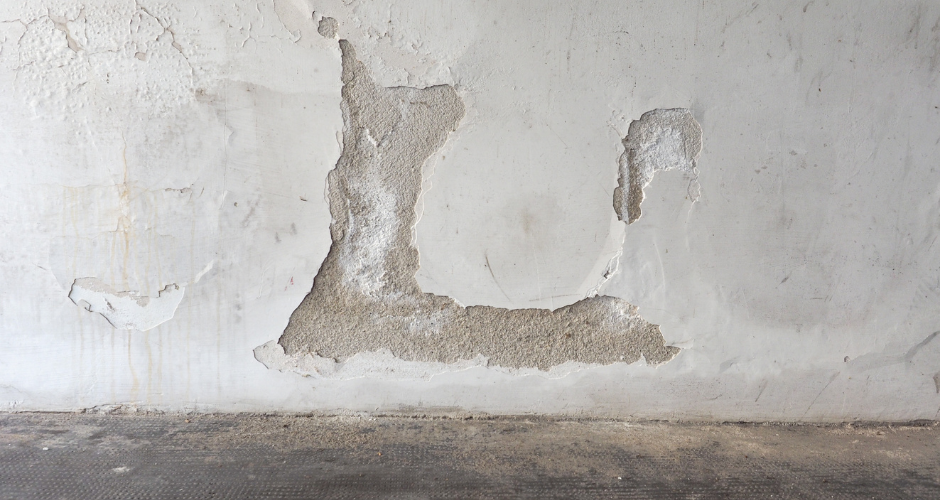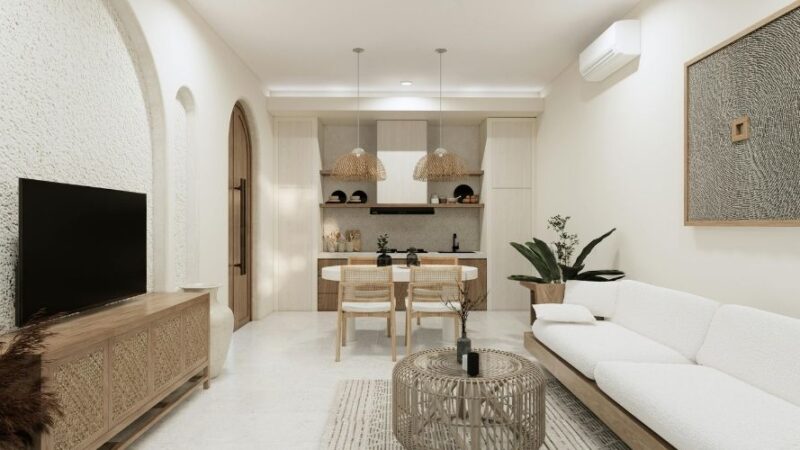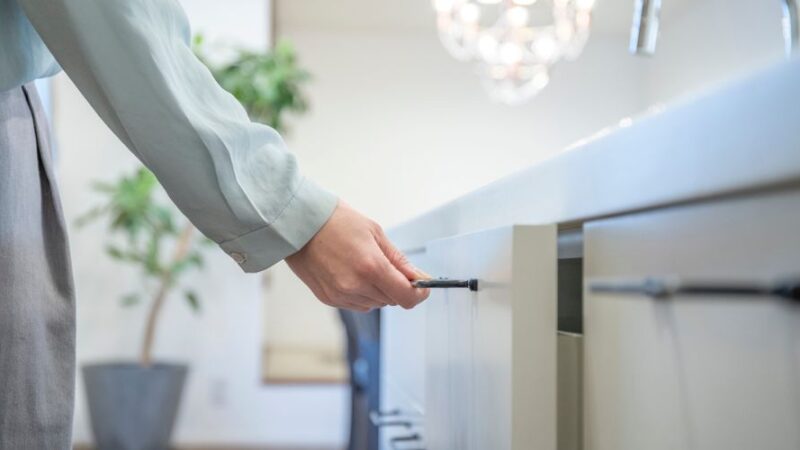Damp Walls: Causes, Prevention, and Renovation Tips

Damp walls can turn your cozy home into a nightmare, bringing with them unsightly stains, structural damage, and even health risks. But don’t worry—tackling damp walls isn’t as daunting as it seems.
By understanding what causes them, how to prevent them, and the best ways to renovate, you can restore your home to its former glory while keeping it safe and healthy.
What Causes Damp Walls?
Dampness in walls doesn’t happen overnight. It’s usually the result of hidden problems that build up over time. Here’s what might be behind those dreaded damp patches:
1. Leaky Pipes
A sneaky plumbing leak can lead to damp walls before you even realize it. Fixing it quickly can save you from bigger headaches.
2. Poor Drainage
Does water pool around your home after it rains? That’s a red flag. Poor drainage can send water straight into your walls.
3. Rising Damp
When groundwater creeps up through your walls, it leaves tide marks, peeling paint, and that musty smell nobody wants.
4. Condensation
Steamy showers and poor ventilation are the perfect recipe for condensation, especially in kitchens and bathrooms.
5. Cracked Walls or Roof Issues
A crack in the wall or a faulty roof isn’t just cosmetic—it’s an open invitation for water to come in.

7 Signs Your House Needs an Interior Paint Job
How to Stop Damp Walls Before They Start
Prevention is better than cure, and that couldn’t be more true when it comes to damp walls. Here’s how to keep them at bay:
1. Upgrade Your Drainage System
Keep your gutters clear and install proper drainage to keep water away from your foundation.
2. Fix Leaks ASAP
Got a dripping pipe? Don’t wait—it’s one of the easiest ways to stop dampness in its tracks.
3. Install a Damp-Proof Course (DPC)
A DPC is a game-changer for stopping rising damp. Make sure your home has one, and if it’s old or damaged, get it fixed.
4. Ventilate Like a Pro
Fresh air is your ally. Open windows, use extractor fans, or invest in a dehumidifier to keep moisture levels down.
5. Seal Cracks and Paint Smart
Seal cracks with weatherproof fillers and use waterproof paints to add an extra layer of protection.
Practical Tips to Prevent Plumbing Emergencies

Damp Walls? Here’s How to Renovate
If your walls are already damp, don’t panic. Renovation can not only fix the damage but also prevent it from happening again.
1. Find the Source First – Stop the Leak Before You Start
Before grabbing the paintbrush, it’s crucial to track down what’s causing the dampness. Is it a leaking pipe, poor drainage, or a crack in your wall? Fixing the root cause is essential, or you’ll be doing this renovation again before you know it.
2. Strip and Dry – Clear the Way for a Fresh Start
Say goodbye to damaged plaster and peeling paint! Strip away the old, moisture-laden materials, and give your wall time to dry completely. Using a dehumidifier or heat lamps can speed up the process and get your wall ready for the next steps.
3. Anti-Mold Treatments – Keep the Fungus at Bay
Damp walls love mold, but we don’t. To stop mold from taking root, treat your walls with an anti-fungal solution. This will kill any mold that’s already there and prevent it from making a return. Trust us, your walls will thank you!
4. Insulate and Replaster – Protect & Perfect
Now that your wall is dry and mold-free, it’s time to insulate. Insulation boards will help keep moisture out and warmth in, preventing condensation in the future. Then, replaster the wall to give it a smooth, fresh surface—perfect for painting!
5. Finish with Damp-Proof Paint – Seal the Deal
The final touch! Apply a couple of coats of damp-proof or waterproof paint to your walls. This creates a protective barrier that stops moisture from seeping in. Now, your walls are not only dry but fully protected from any future dampness.
Why You Need to Fix Damp Walls Now
Damp walls aren’t just an aesthetic problem—they can lead to serious consequences:
- Mold and Health Risks: Mold spores from damp walls can trigger allergies, asthma, and other respiratory issues.
- Weakened Walls: Over time, dampness can erode your walls, making them weak and unsafe.
- Property Value: A damp-free home is a more valuable home. Addressing the issue now can save you money in the long run.
The Bottom Line
Damp walls don’t have to ruin your home. Whether it’s fixing drainage, improving ventilation, or giving your walls a makeover, you’ve got plenty of tools to tackle the problem.
FAQs
1. What is wall dampness?
Wall dampness refers to the presence of excess moisture within the walls of a building. It can cause a variety of problems, including mold growth, structural damage, and poor indoor air quality. Damp walls often appear with visible patches, peeling paint, or a musty smell.
2. What causes wall dampness?
Wall dampness is typically caused by water infiltrating the building’s structure due to several factors. Common causes include leaking pipes, poor drainage systems, rising damp from the ground, and condensation from high indoor humidity. External factors like damaged roofs or cracks in the walls can also contribute to moisture entering the walls.
3. What types of dampness can affect walls?
There are several types of dampness that can affect walls:
- Rising Damp: Water moves upwards through the walls from the ground, often due to a failed damp-proof course (DPC).
- Penetrating Damp: Moisture enters from outside due to issues like leaking roofs, broken gutters, or cracks in the walls.
- Condensation Damp: Occurs when warm, moist air comes into contact with cooler surfaces, causing water droplets to form on the walls.
- Water Leaks: Leaking pipes or appliances inside the home can cause localized dampness.
4. What causes dampness in a house?
Dampness in a house can be caused by a variety of factors, including poor ventilation, broken or leaking plumbing, roof issues, inadequate drainage, and the absence of a damp-proof course (DPC). Environmental factors like heavy rainfall, rising groundwater, and humidity can also contribute to moisture buildup inside a home.
5. How do I protect my walls from dampness?
To protect your walls from dampness, ensure proper drainage around your home, clear gutters and downspouts regularly, and fix any leaks in your plumbing. Installing a damp-proof course (DPC) can help prevent rising damp, while improving ventilation through extractor fans or dehumidifiers can prevent condensation. Sealing cracks and applying water-resistant paints to exterior walls also helps reduce moisture infiltration.
6. Are damp walls a problem?
Yes, damp walls are a significant problem. They can cause mold growth, which can affect your health by causing respiratory issues, allergies, and skin irritations. Dampness can also weaken the structural integrity of your walls and lead to costly repairs. Additionally, it can impact the overall aesthetic of your home, causing peeling paint, stains, and a musty smell. Addressing dampness early is key to preventing these issues from escalating.






